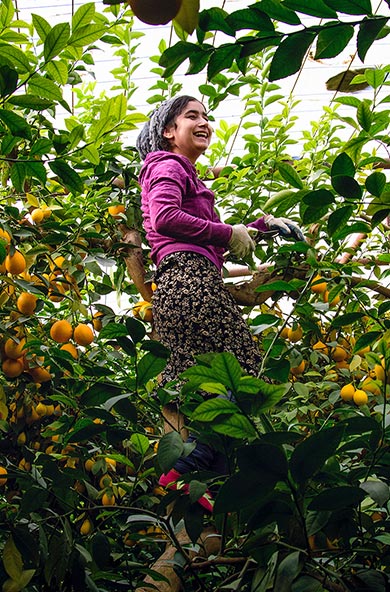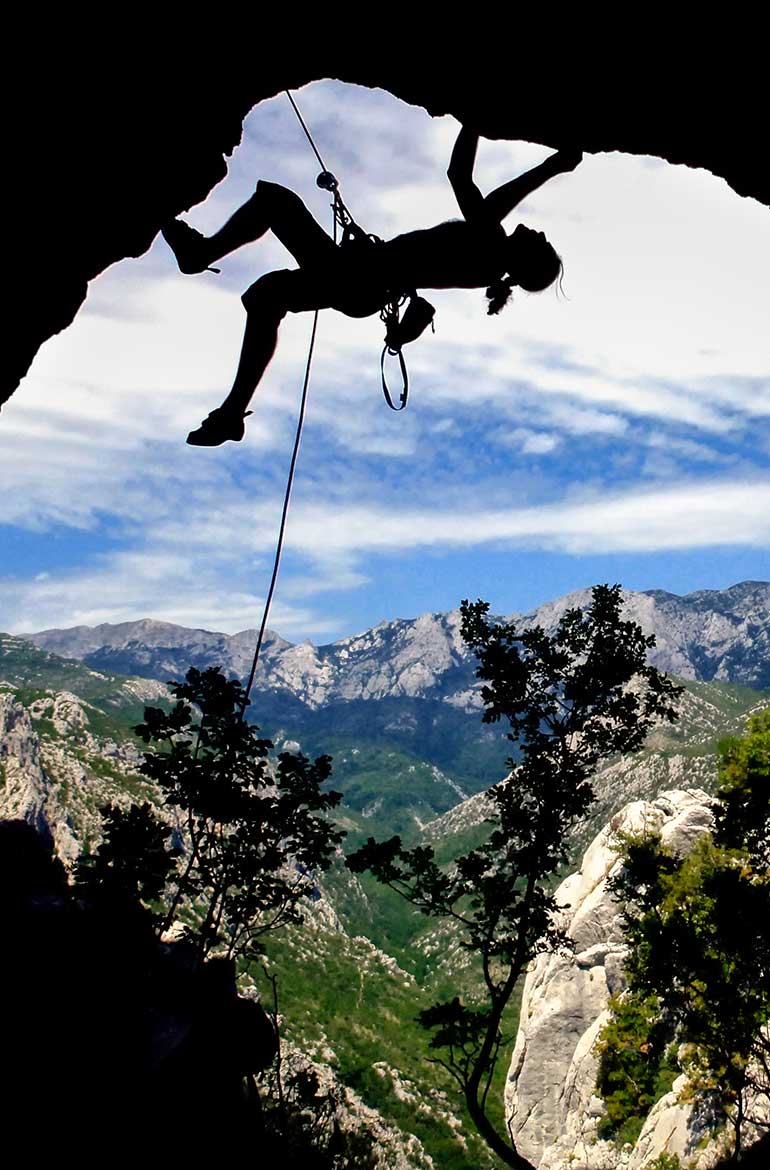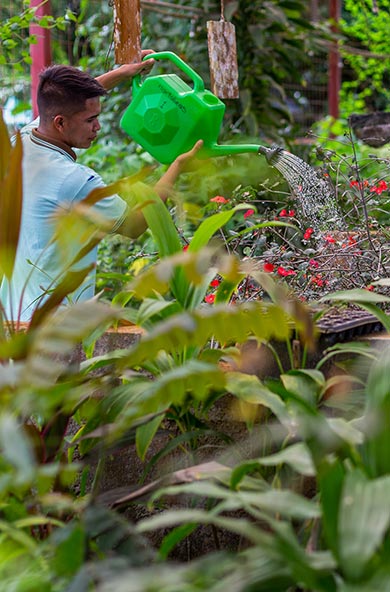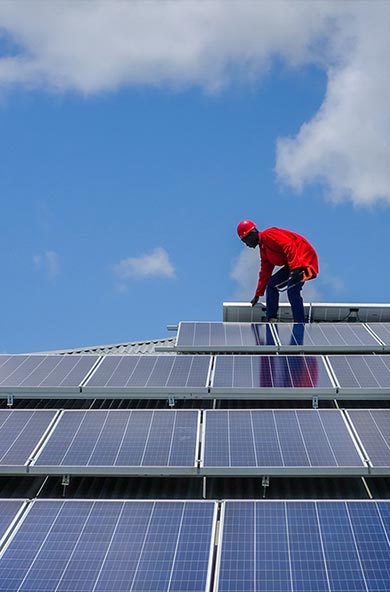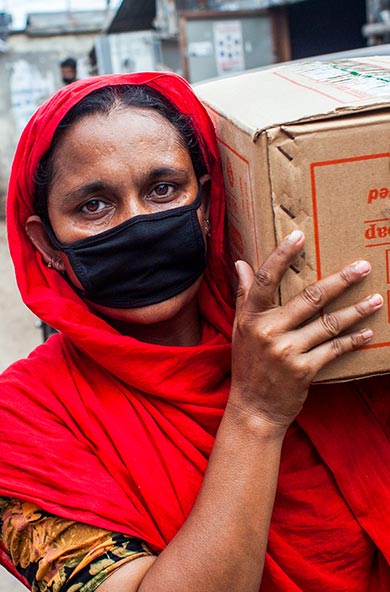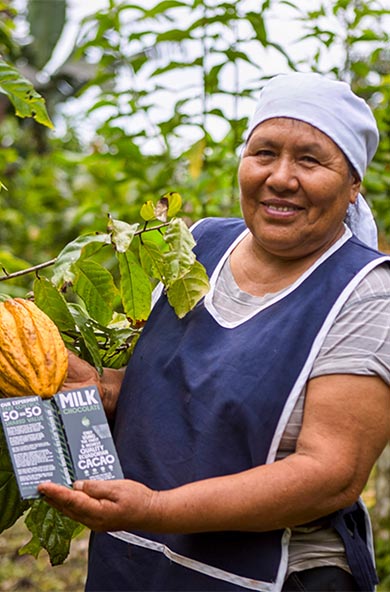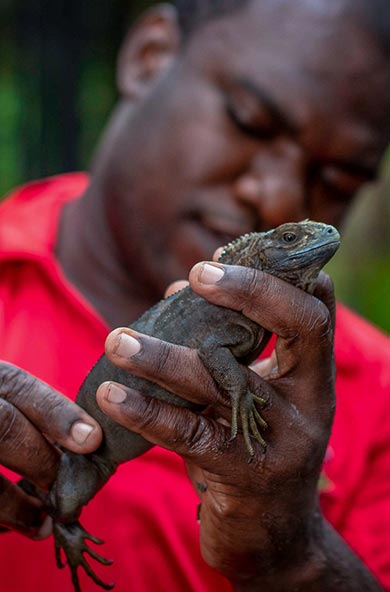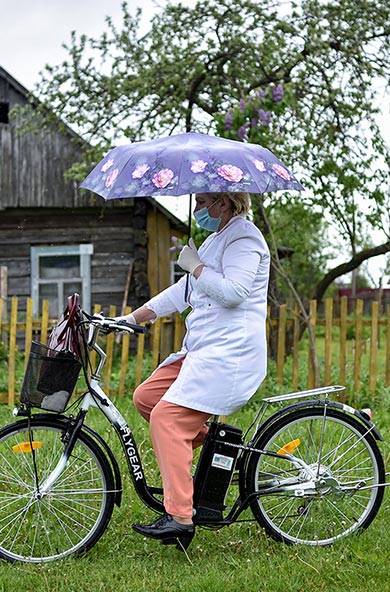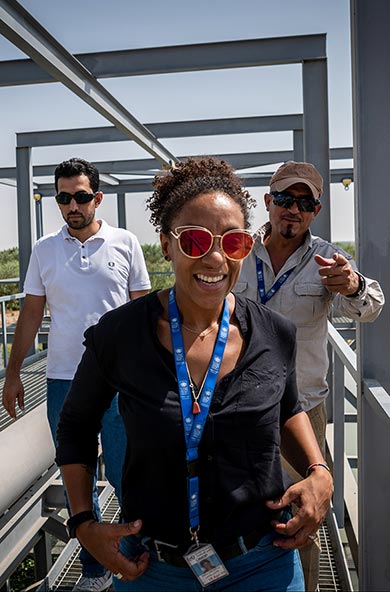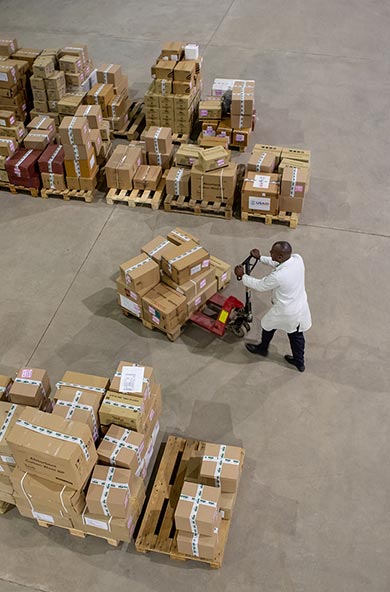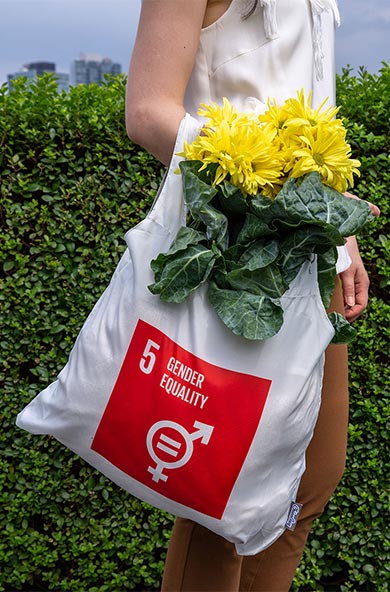Creative gender-responsive climate and environment actions key to achieving Paris Agreement Goals
Women are key to the resilience of our people and our planet
November 30, 2018
Climate change will have unique and unprecedented impacts on women and girls everywhere. As we look at new, innovative ways to empower women as key agents of change, it’s essential we take gender-responsive approaches to mainstream and accelerate more effective climate actions across the globe.
While we remain hopeful that our people and our planet will abide the horrific and catastrophic impacts of climate change, we are entering an era where multiple disasters will stack on top of each other to destabilize large portions of our society and our economy.
Environmental degradation will push women even further into the margins as they travel far and wide to collect water, find firewood, escape drought and famine, and provide for their families. These destabilizing forces are putting women and girls at increasing risk, including the different forms of gender-based violence.
Women and girls everywhere are at the breaking point – and our failure to halt climate change and build more resilient societies is at fault.
The power of women in climate actions
While climate change often intensifies existing economic and social gender disparities, gender-responsive actions address these disparities, while also enhancing overall outcomes and strengthening gender equality.
Women and girls should be the central drivers of these actions. They are the protectors of the forest. They provide safety and security for their families. They educate future generations, and they are largely responsible for ensuring food security.
With the right protections – and the right enabling environments that foster equality and women's agency – these women will be the backbone of our global efforts to keep temperature rise below 2 degrees, protect our forests, build climate-resilience economies and societies, and ensure a more inclusive and safer world for generations to come.
In some ways, current climate actions fall well short of our targets to achieve gender equality and empower all women and girls as outlined in SDG 5 of the 2030 Agenda for Sustainable Development. The ‘Gender Equality in National Climate Action: Planning for Gender-Responsive Nationally Determined Contributions’ study by UNDP, indicates that of the 161 submitted Nationally Determined Contribution (NDCs), only 63 countries made at least one reference to gender equality or women.
That’s not OK. And we need to do something about it.
Moving into this uncharted territory requires us to bridge the human development nexus, and connect climate and environmental actions with gender-inclusive solutions. It means that siloed approaches to climate action, gender action and sustainable development are not enough anymore – if they were ever at all.
All of these actions need to connect – in a symphony of everything – to ensure no women or girl is left behind.

Empowering women to power the SDGs
While much needs to be done, the good news is that we are already making some progress in this area.
In climate and environmental actions financed through the Vertical Funds – including GCF, GEF, the Adaptation Fund, and other bilateral and multilateral sources – 73 countries are working to ensure women’s leadership and decision-making in environmental management. And we all know that providing access to leadership for women is a key driver in achievement of our inclusive goal of gender equality by 2030.
Better still, a total of 86 percent of our Vertical Fund-financed climate and environment projects are mainstreaming and advancing gender equality within project outcomes.
On the ground, in places like Cambodia, gender-responsive approaches means women are making US$500 extra a year selling crops from home gardens that work on 12-month cropping calendars and protect against climate change. In Niger, collective gardens and improved marketing schemes are making women healthier, and ensuring access to healthy food for young girls. In Uganda, the Government is developing a gender-responsive National Adaptation Plan for the Agricultural Sector with the support of a joint UNDP-FAO programme. This work will inform the gender action plan and impact of a new GCF-financed wetlands project, which is set to build resilient communities and protect wetland ecosystems for over 4 million people. The wetlands project in Uganda is also testing new approaches to address and prevent gender-based violence while providing sustainable alternative livelihoods for women.
Taken together, actions like these not only put women in the driver’s seat for natural resource management and food provisioning, they also provide new opportunities off the farm, empowered voices and chances beyond early marriage, forced marriage, genital mutilation, slavery and other appalling acts that should not be taking place in our 21st century.

 Locations
Locations